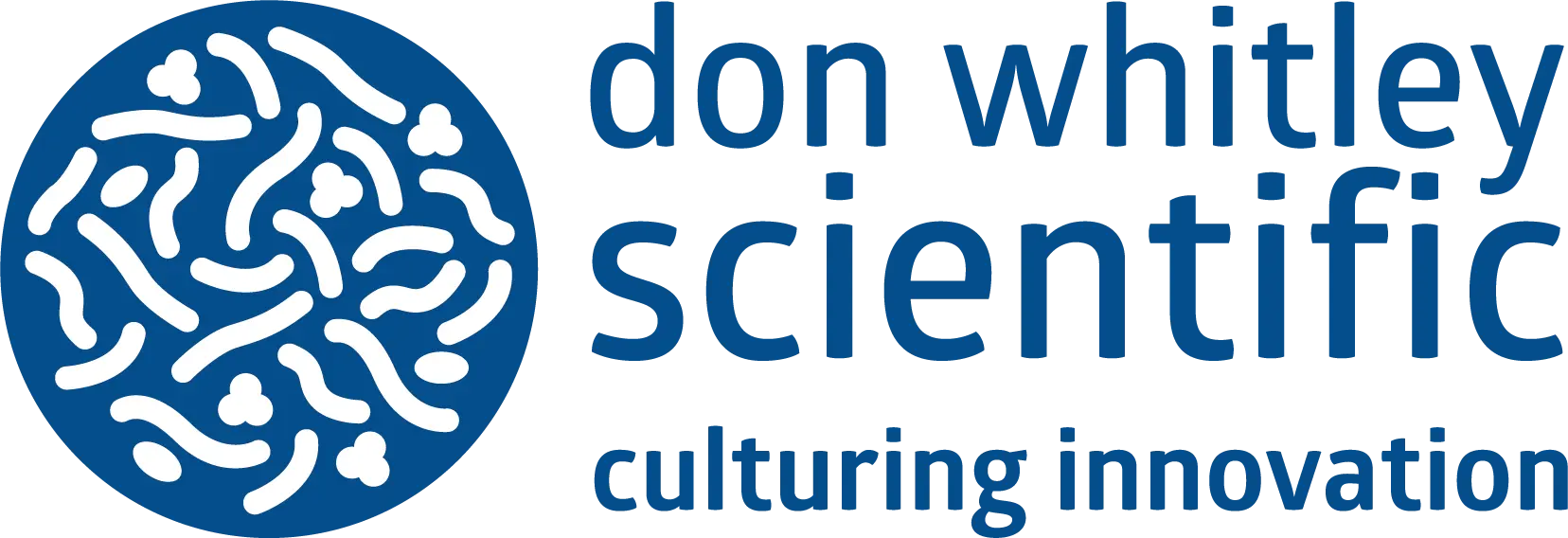
We’re excited to shine a spotlight on a recently published study by one of our customers’, which advances how we understand and measure the gut microbiome, especially during the early stages of life.
Assessment of absolute abundance in mother-infant gut microbiome using marine-sourced bacterial DNA spike-in and comparison with conventional quantification methods. (Wang et al., 2025)
Microbiome research is often constrained by one major challenge: most sequencing studies report relative abundance rather than absolute microbial counts, which can lead to skewed interpretations - especially in early-life gut studies where microbial loads vary significantly.
To address this, researchers led by Wang et al. developed and evaluated a novel marine-derived DNA spike-in method to more accurately estimate absolute microbial abundance in stool samples from mother–infant pairs. By integrating spike-in DNA from Pseudoalteromonas and Planococcus - bacteria absent in the human gut - they were able to correct for microbial load and compare their results against standard methods like flow cytometry, qPCR, and total DNA quantification.
To ensure accurate and viable bacterial counts, stool samples were cultured anaerobically using a Whitley A20 Anaerobic Workstation. The workstation provided a strict oxygen-free environment, something that is vital for supporting the growth of fastidious, obligate anaerobes found in the human gut.
The workstation enabled:
- Consistent colony-forming unit (CFU) counts from YCFA agar cultures
- Accurate comparison of culturable load versus DNA-based estimates
- Reproducible anaerobic handling conditions across all samples
This study shows that absolute abundance methods, particularly those supported by reliable anaerobic culture techniques, are essential for understanding microbial dynamics in sensitive populations like newborns. The Whitley Workstation played a role in ensuring that culture conditions mirrored the natural gut environment—preserving integrity in anaerobe recovery.
As microbiome focussed microbiology moves toward precision and reproducibility, equipment like the Whitley A20 remain fundamental in validating cutting-edge molecular methods.
If you are interested in reading the full paper, please click the link below:
Free Published Paper Database


 en
en


 English
English